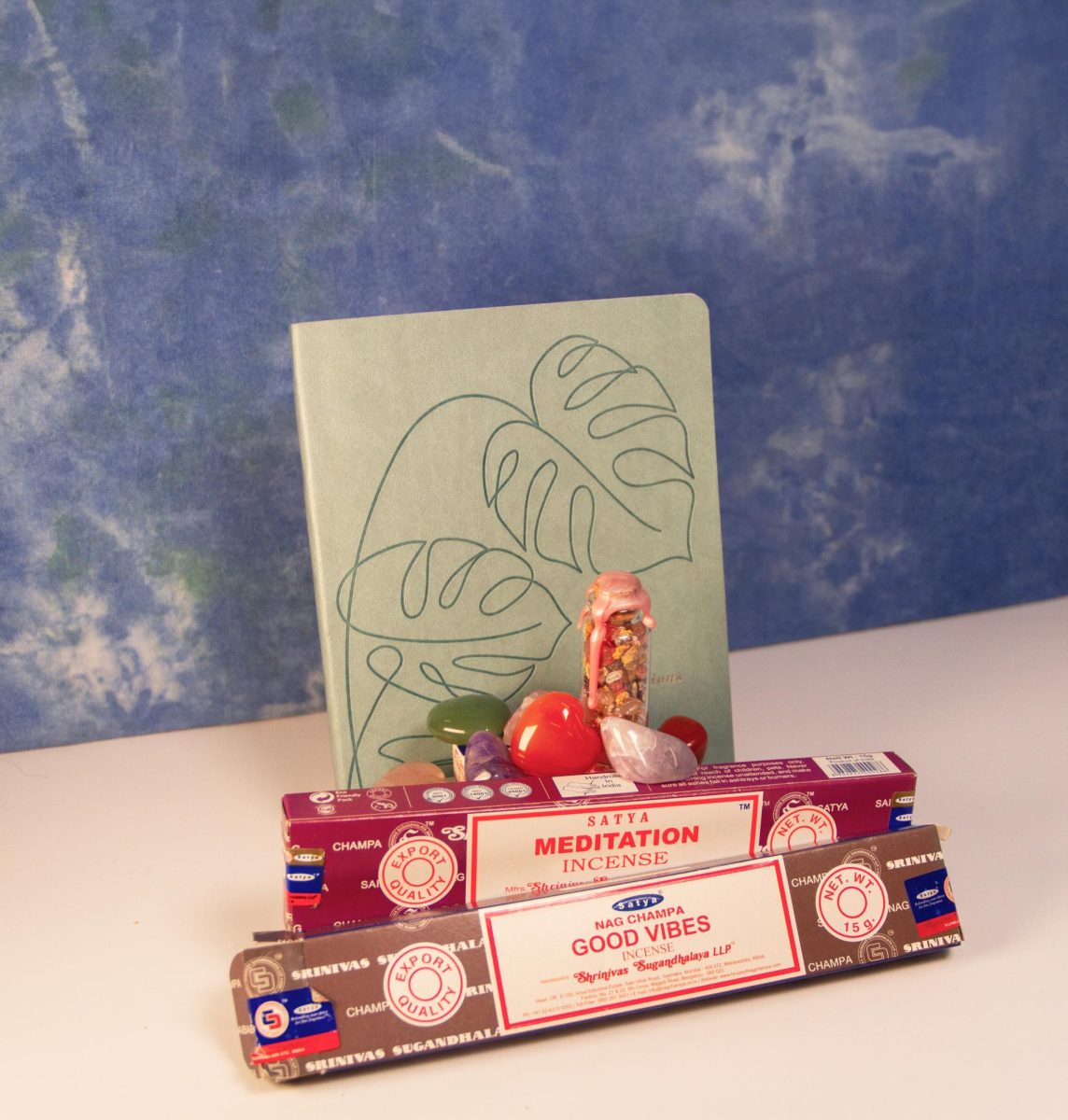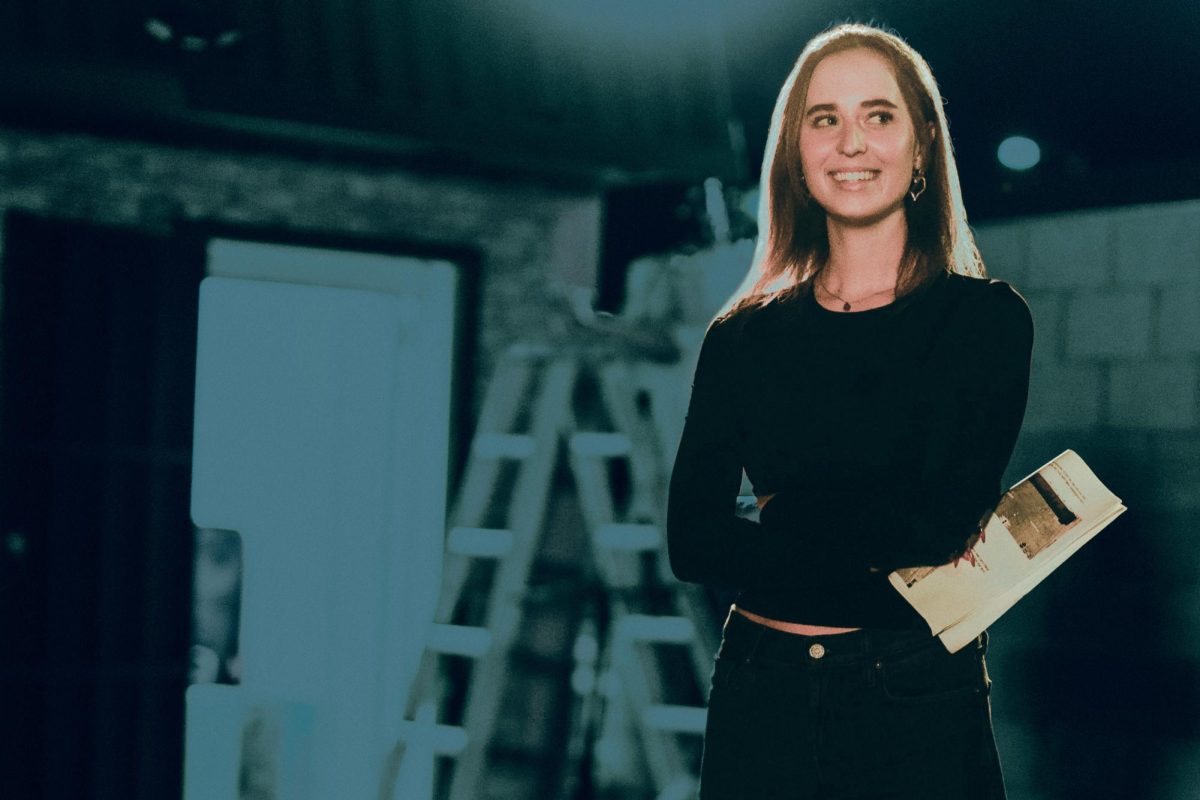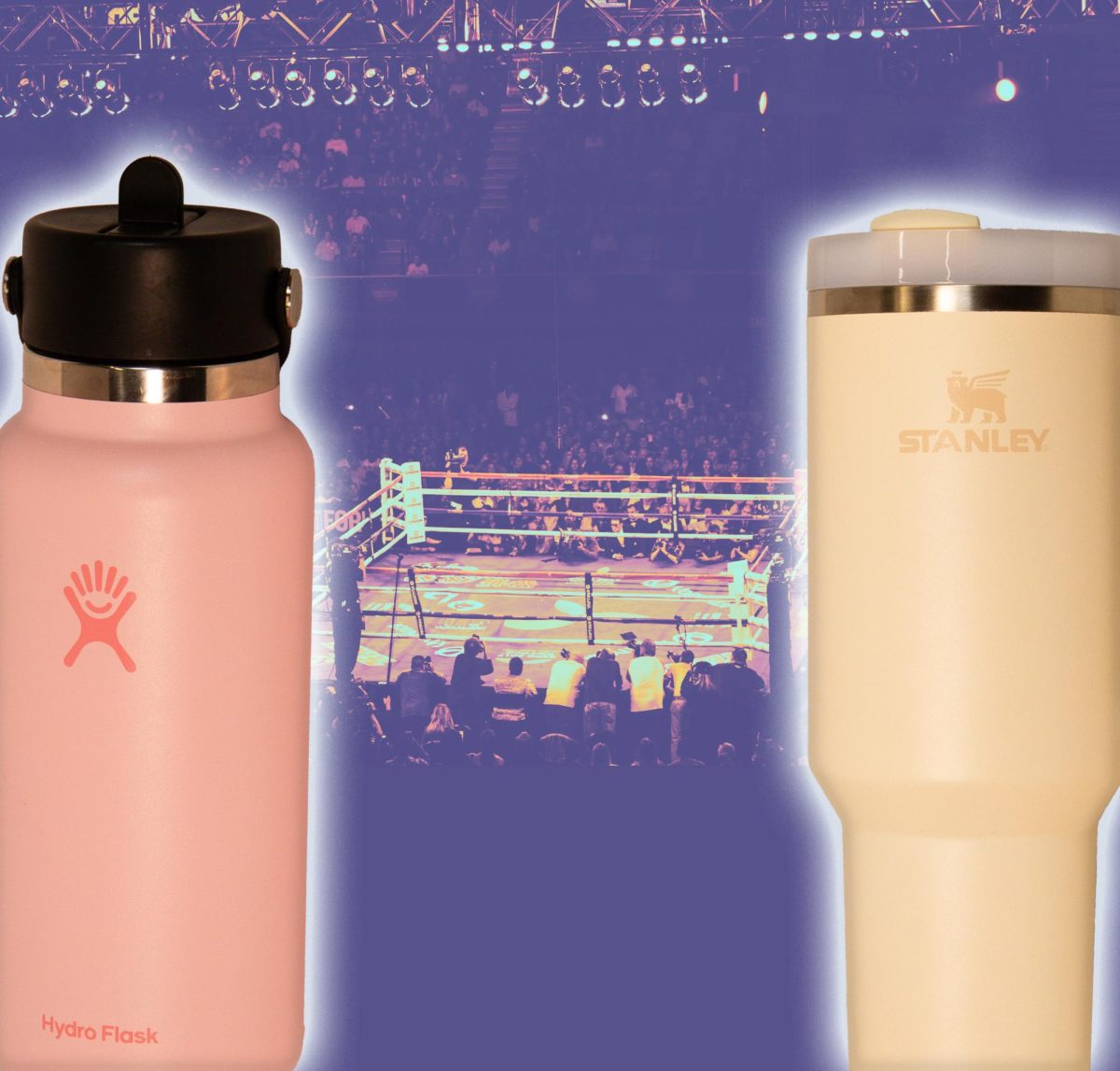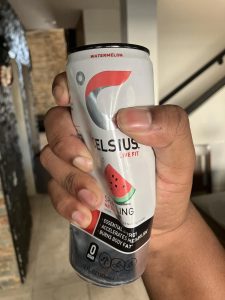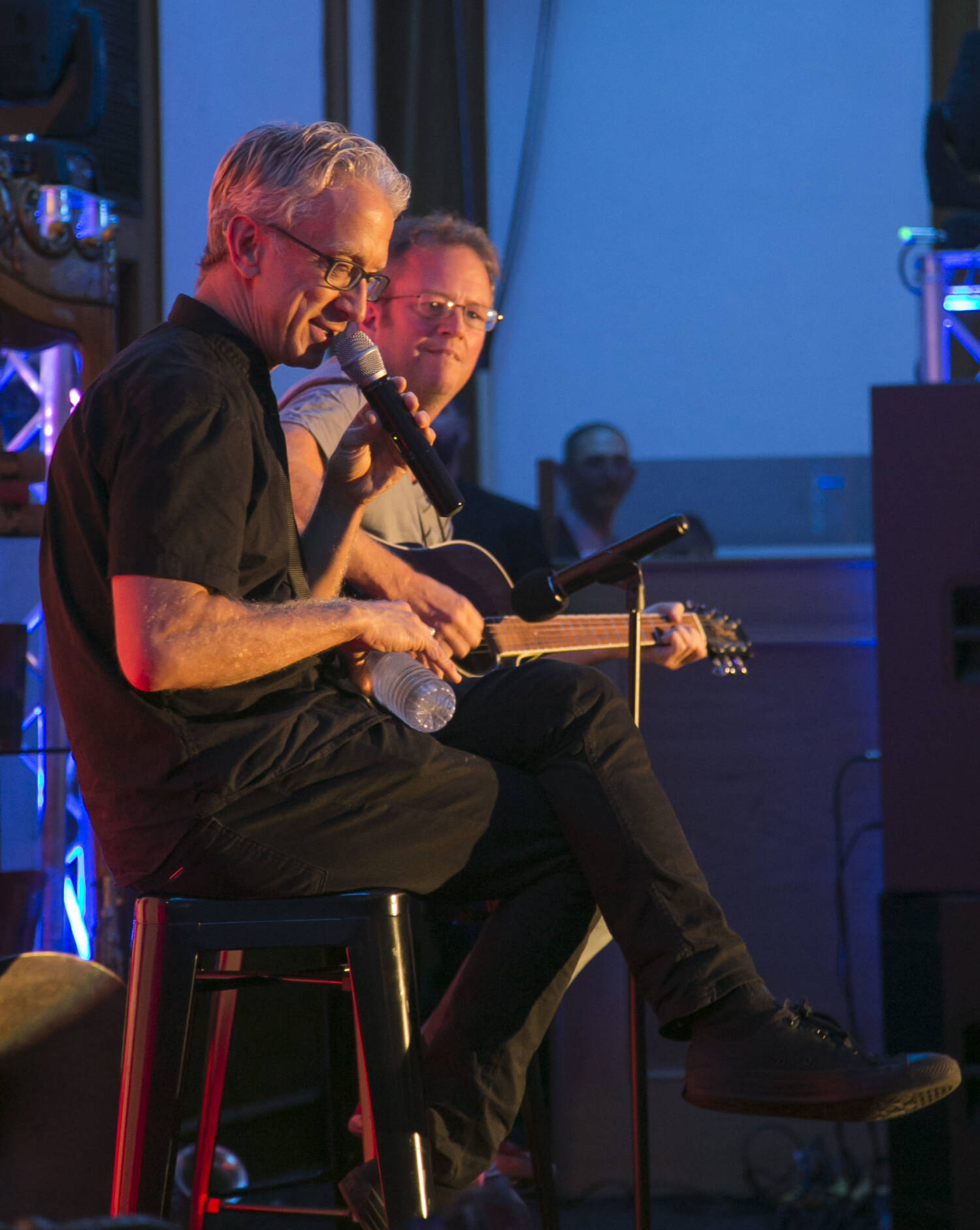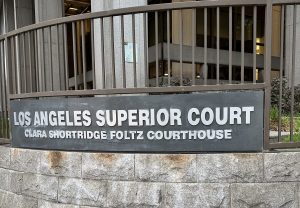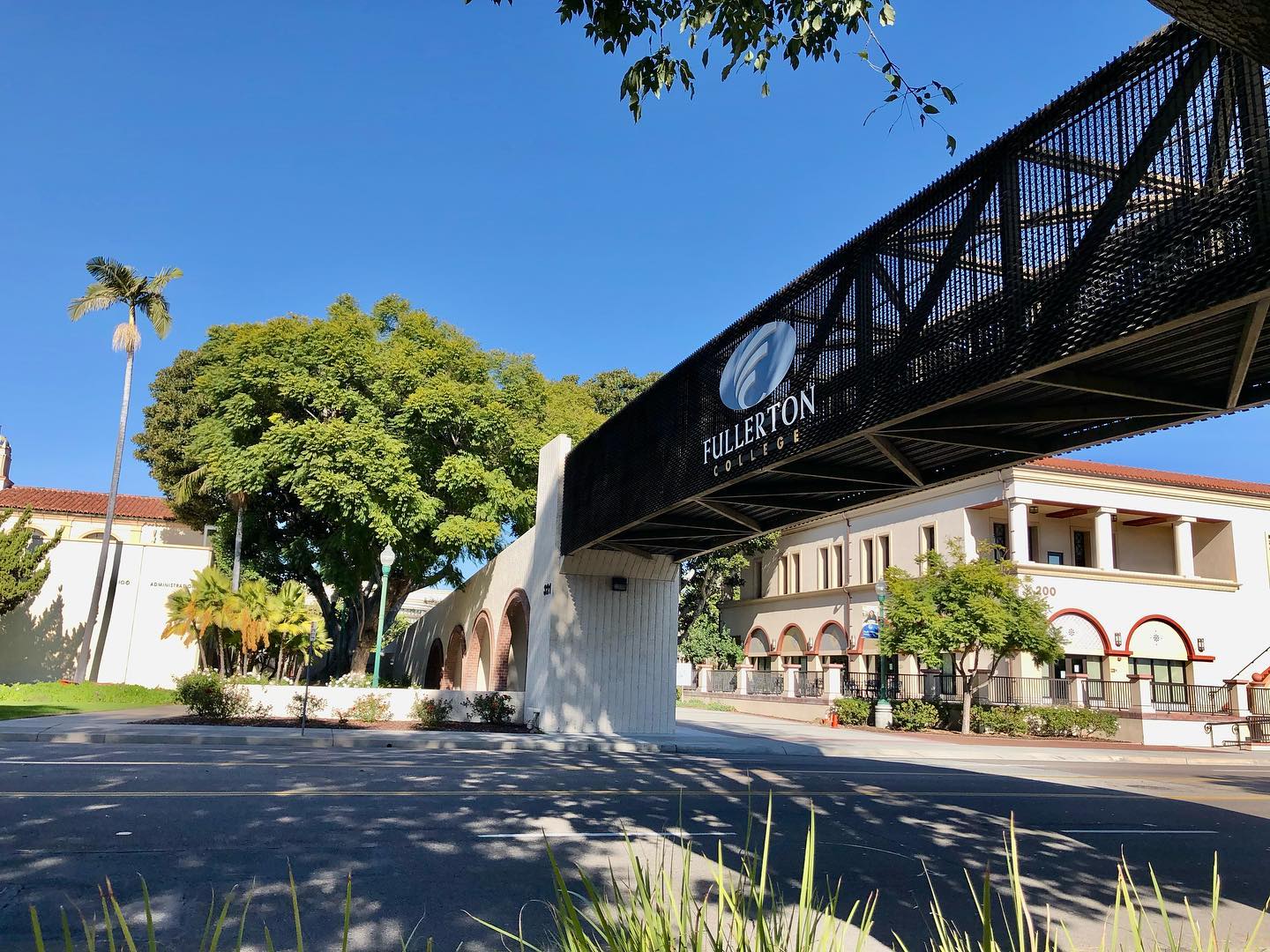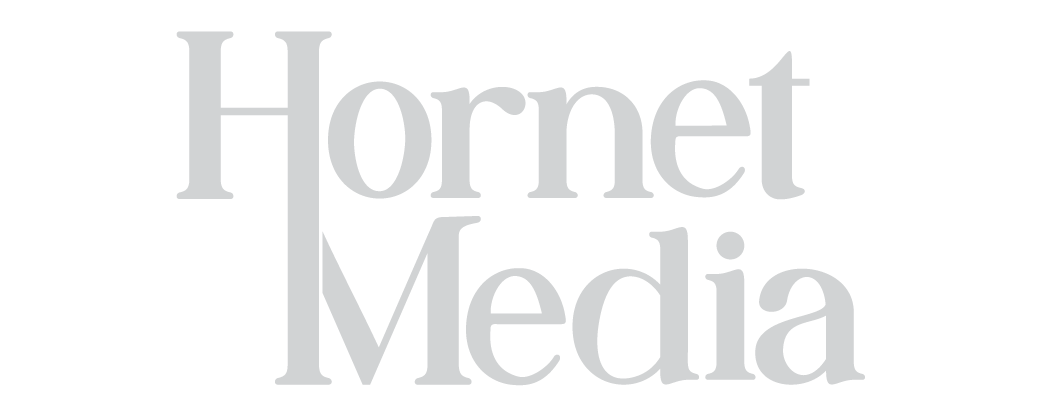It may be surprising to see that Fullerton College offers a Metrology certificate program. The department, headed by Daniel O’Brien and George Bonnand, dips students’ toes into the vast sea that is the metrology world.
The word metrology is typically greeted with a confused face or often mistaken for meteorology. Metrology is the scientific study of measurement. It covers virtually all fields of manufacturing, research and development and much more. Workers can be in a bio-medical manufacturing facility one day and an aerospace company the next. Fundamentally it is the practice of taking a known good measurement or standard and comparing it to an unknown, ideally at a four to one ratio.
O’Brien, who has over 25 years in the world of machine shops, specializations in dies and tooling for the forging industry. Along side him is Bonnand, who has over 35 years of experience in this arena. Bonnand has worked extensively in the bio-medical device manufacturing field and has extensive knowledge in clean room operations, tool control and implementation as well was technical and procedure writing.

Engineering, physics and statistics are at the core of metrology. Time after time those giving the instruction have a background typically in one of those three fields. People in those backgrounds write our procedures, design our test methods and create the formulas for building uncertainty budgets. For these programs not to be involved in the metrology program is somewhat confusing as it would give students the hands-on experience of what they may come across after they leave school.
The class primarily pertains to metrology as it applies in the world of machining and quality assurance. However, this is at no fault on the instructors. There is a lack of funding for the program and a lack of involvement from key STEM groups.
Another issue the program is running into, is a lack of space. This deficiency is keeping the program locked into the quality assurance aspects of metrology and not the laboratory side. Many of the instruments in use require stable temperatures, minimal draft and humidity to avoid errors created by oxidization, esd, thermal expansion and, if performing weight and mass measurements labs keep on hand, the measurements of gravitational fields in their locations.
Today, for laboratories in the field of metrology to maintain their accreditation it is becoming mandatory that they complete an uncertainty budget for the instruments used to test and instruments tested.

An uncertainty budget is a series of calculations that will comprise the total error of a standard and a tested instrument. For one thermometer calibrator there is over 100 calculations made to determine the units overall uncertainty. Which is another reason why STEM groups should be more involved with this program.
What professors Bonnand and O’Brien offer are huge opportunities to those who take the program. Outside of their offered course there are not many institutions teaching or certifying people in the world of metrology. The American Society for Quality and Coordinate Metrology Society offers pathways into field, but it can be costly.
The program that is offered at Fullerton is a tremendous opportunity for those who venture down the path. It opens the door to a massive world of possibilities and into the vast world of measurement theory.



